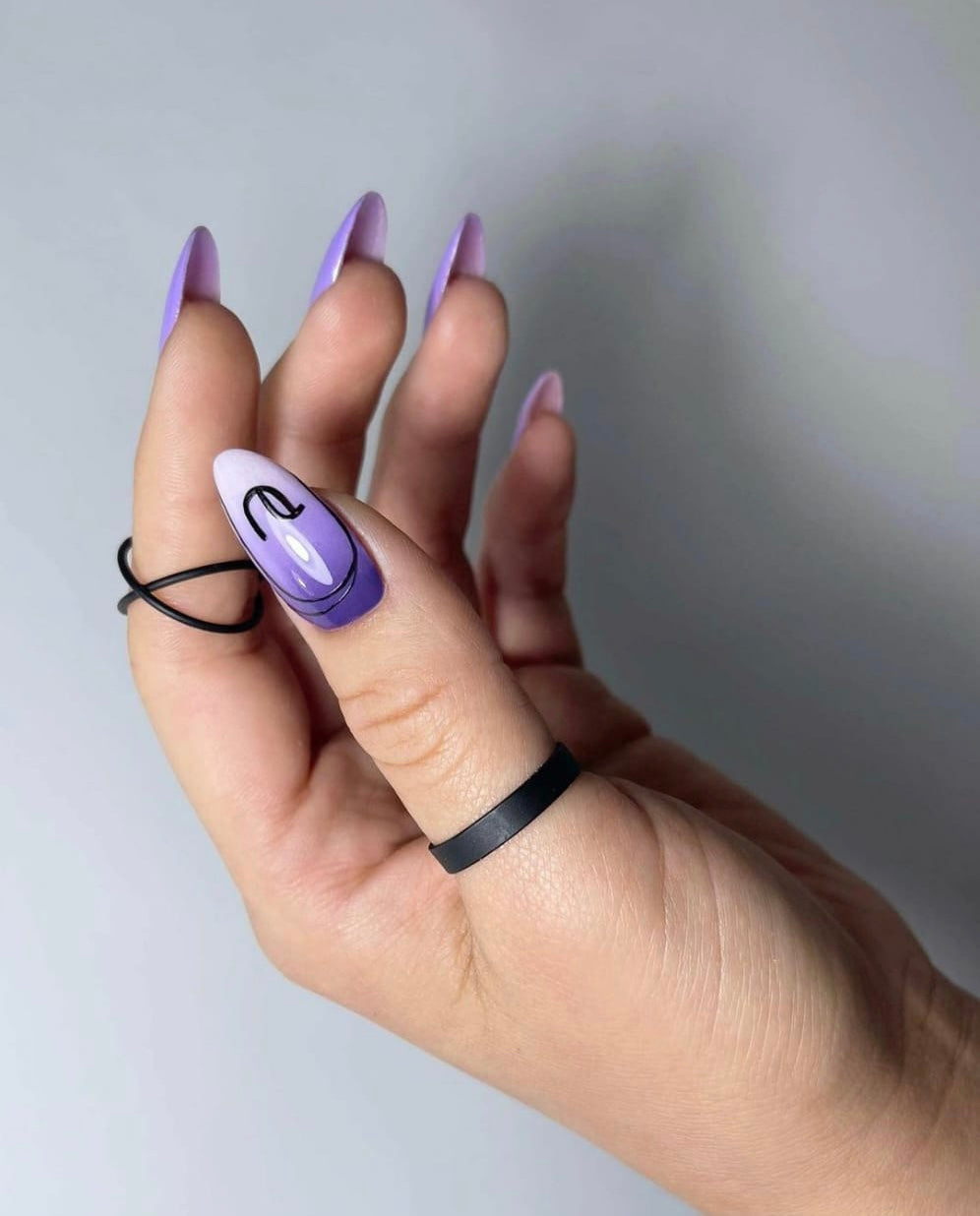Gel Components: 'Need to know'
Understanding the products you use
If you've read anything on the subject of nail enhancement products and their contents, you will have undoubtedly finished reading it with the same assumptions as everyone: HEMA = bad, HEMA FREE = good.
Simple, right? Not quite....
While it is true that HEMA (2-Hydroxyethyl methacrylate) is the single most common allergenic monomer found legally in professional nail products today, there is so much more to this discussion than a simple "use it or don't use it" argument.
In this blog, we will cover why it's important to know what's in the products you use, a few home truths about nail products, jargon-busting some common industry buzz phrases and more....
HEMA, DI-HEMA, BIS-HEMA
It makes sense to begin with the obvious... HEMA.
HEMA or 2-Hydroxyethyl methacrylate is a free-monomeric monomer that has been long since used in nail enhancement products to promote and increase the products adhesive properties. HEMA boats one of the best known legally used adhesive properties in the nail industry - so why the stigma?
Well... as well as being very good for adhesion, HEMA is consistently found to be the foremost allergenic monomer found in nail products. Exposure and contact with uncured, destabilised HEMA is the leading causing of skin irritations and allergic reactions and, as such, lead to the UK Government banning the use of HEMA in nail products that are sold to the general public (as opposed to professional use only products).
However, in the interest of full transparency and disclosure, HEMA is still only regarded by governing bodies in the UK & EU as a weak to moderate sensitiser (irritant). The below quote is from the Scientific Committee on Consumer Safety (SCSS) during a 2021 study on 'the safety of cosmetic ingredients HEMA and Di-HEMA Trimethylhexyl Dicarbamate':
Both HEMA and di-HEMA-TMHDC are weak to moderate sensitisers and pose a risk of sensitisation from misuse of the products or from inappropriately carried out application or from unintentional contamination of the skin adjacent to the nails under normal and reasonably foreseeable conditions of use.
While reading the quote above, you will notice the inclusion of DI-HEMA. Did you know (?) that DI-HEMA was also banned from being sold in non-professional products to the public due to its levels of sensitisation and commonalities shared with HEMA.
DI-HEMA is notably less allergenic than HEMA due to its molecular size. Of all the monomers found in professional nail products, these are the only two that are banned from non professional use.
The reason we group them together is due to their banning order and, while they are structurally different components, BOTH are allergenic and can cause irritation.
Of HEMA, DI-HEMA & BIS-HEMA, only BIS-HEMA has no 'retail' ban and is generally and almost exclusively accepted to be comfortably the safest of the 3, largely because it's larger size and composition means that the chance of contact with destabilised HEMA and skin is far, far less likely.
HEMA is a free-monomeric compound which has the potential to cause sensitisation if contact with the skin, or deeper, is made. DI-HEMA & BIS-HEMA are structurally similar to one another and generally form part of a pre-bound oligomer.
DI-HEMA & BIS-HEMA are both larger molecular structures than HEMA which is a source reason for them finding it harder to permeate the cured product below as well as the layers of the nail.
Another very important note to make at this point is regarding proportions. You will find that reducing the relative proportion of HEMA in a nail product, for example, also reduces the chance of exposure and, inherently, sensitisation.
ALLERGENS
Undoubtedly, most brands will promote the safety of the chemicals found in their products as opposed to chemicals not contained in their products, but when it comes to allergens and allergenic/sensitising ingredients, we need to be very honest and clear with everyone reading this:
Monomers are allergens. Every. Single. One. Some more so than others, but no building product is entirely free from allergens.
Gel nail products that require adhesion and bonding with a sub-layer such as building gels, gel polishes require monomers. Monomers, along with oligomers and photo-initiators are essential for the polymerisation process which is, to us, curing.
You will find that in almost all cases, monomers are (or contain) acrylates or methacrylates which is where skin sensitisation comes in to play.
You will not find a single product on the market that does not contain an allergenic component - why? because unfortunately these components are the best available bonding/adhesion agents in most cases and the removal of every single allergen would also mean adhesion and retention become urban legends and do not exist.
WHAT ABOUT HYPOALLERGENIC PRODUCTS?
There is a lot of confusion about the term 'Hypoallergenic', which is understandable. By definition, in it's softest sense, hypoallergenic simply means slightly less likely to cause an allergic reaction.
Unfortunately, there is no legal or scientific line in the sand to say what is or is not hypoallergenic. This means that, in theory, every single product available on the UK market that has removed HEMA, the largest known allergen in nail products, then by definition that are all now far less likely to cause an allergic reaction and, as such, can be defined as hypoallergenic.
IS NU:GEL HYPOALLERGENIC?
Yes. We have consciously excluded HEMA & DI-HEMA from our products raw ingredients due to their levels of sensitisation and their 'retail' ban in the UK. While they can be used safely, we made the decision to exclude them.
By definition, removing HEMA alone is enough to claim hypoallergenic status of our range. However, we also consciously avoided using that term. why?
The term hypoallergenic is wildly subjective as it is not a governed or legally measure benchmark, meaning anyone can claim it without any recourse - and the term also offers a misleading assumption that a product is allergen free.
Time for another nail industry admission... allergic reactions can happen with any and all nail enhancement products and the main key is safe, proper & professional application & curing. This will go a very long way to keep yourself and your clients skin healthy and safe. You do this by following the manufactures application guides carefully. This is why we offer a detailed written guide to application which is available to all as well as a 100% FREE to all application and conversion course.
We believe that giving all nail technicians FREE education on how to correctly & safely use our gel system means that not only do all techs have the ability to decide whether this is the system for them BEFORE investing, but also provides them with the core understanding and knowledge to use our gel system correctly and safely - vastly reducing the potential for mis-use, sensitisation due to improper application and more.
Curios? CLICK HERE and gain access for free today!
BALANCING ACT
We understand every nail technicians catch-22, they want to offer the safest products without losing any retention, adhesion, usability and quality. sounds perfect right?
Brands all over the world are all making their own efforts to provide this for nail technicians, many of them do a great job of offering balanced products. At The Nail Lab, we have landed of a formula that offer reduced potential for sensitisation without sacrificing on the quality and lifespan on the applied product.
In the interest of a fair balanced view, we'd like to repeat an earlier point, that while HEMA (and DI-HEMA) and banned in certain circumstances, HEMA is not inherently unsafe and can be safely used by millions in the correct, professional environment they are designed for.
ALL ingredients legally included in all registered products in the UK adhere to stringent regulation first designed in the EU and adopted & enhanced by the UK following Brexit.
Got any questions we've left unanswered? Leave a comment, let us know what you think or reach us on INSTAGRAM DM's and quote 'CHEMICAL BLOG'







Absolutely brilliant very informative to the point nothing left unanswered and very transparent that’s what I love about your brand and also lets me know igs ok to have another brand with hema available in my salon it’s good to have choice and prescribe what’s right for my clients nails X thank you
Leave a comment